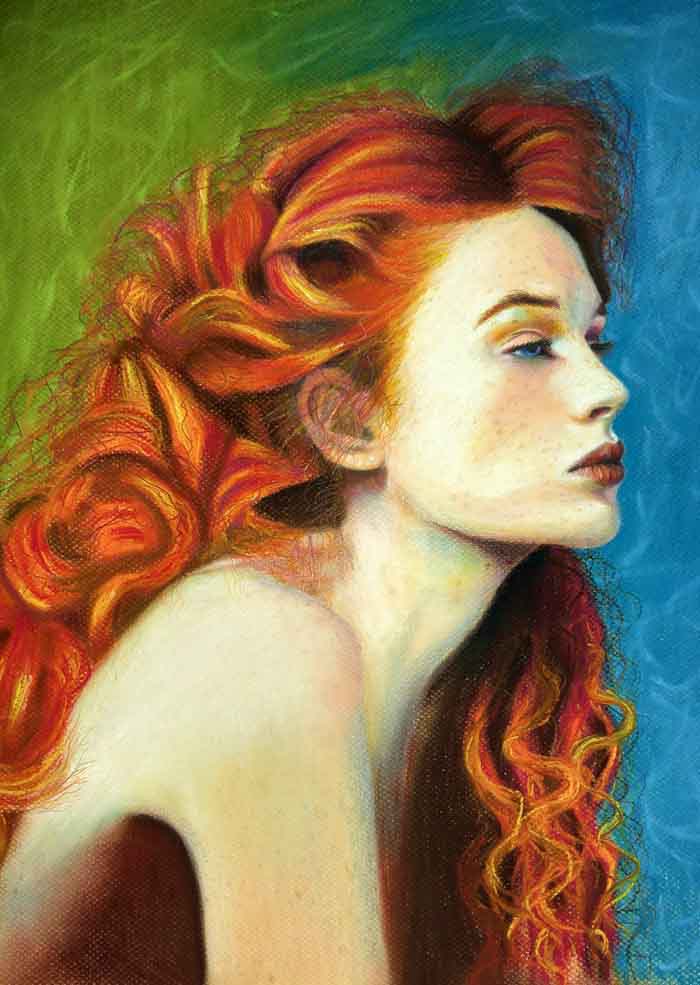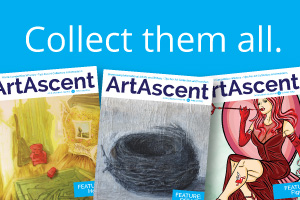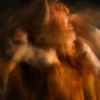Artist Techniques | Master Pastelist, Louise T. Webber, Shares Her Techniques
I prefer soft pastels over wax and oil pastels. They have been used by such notable artists as Degas, Delacroix, Millet, Manet, and Whistler and have been used for hundreds of years.
Soft pastels are a versatile dry-painting medium which comes in sticks and pencils. They are fragile and contain more pigment and less binder which gives them their velvety texture; their colours are rich and can be layered and blended easily, usually with a finger, tortillion, or stump. They don’t require the use of water, turpentine, or oils and there is no preparation required to start using them. Just pick up the stick of colour and start your painting. I especially like that there is no right or wrong way of using pastels, allowing me the freedom to experiment with their use.
I enjoy the texture of Canson Mi-Teintes coloured pastel archival and acid-free paper and pastelbord, feeling the tooth of the support as I work the pigment into my support with my fingers. This practice requires me to frequently wash my hands to keep the pigment from building up on my fingers and dulling other colours as I work on the piece. Extra pastel dust is knocked off of the painting by tapping the support instead of blowing it off as blowing can cause the dust to get in the air, and it can be a health issue if inhaled.
When my artwork is complete, I use Sennelier Soft Pastel Fixatif to protect it from smudging and environmental pollutants. In thin coats, it doesn’t change the colour of my pigments like most fixatives. The final step is framing. All my pastel paintings are matted and framed behind glass to further protect the artwork. The mat creates a space between the artwork and the glass so there is no rubbing and transfer of pigment to the glass, potentially ruining my artwork.
I sketch from life as well as using reference photos that I have taken. I keep a stockpile of photos from old magazines, books, newspapers, etc., that catch my interest. I use them to mix and match and build a composition and to get ideas when I have “artist block.” When I go for walks and drives, my Nikon is usually with me so I can take reference photos.
First, I decide the colour and type of support to use, considering my subject, the colours I want to use, and how they will relate to the background. I begin my painting by making a detailed sketch directly on the pastel paper with either a vine charcoal stick or pencil, a graphite pencil, or a pastel pencil.

After choosing my colours and separating them from my box of pastels, I start blocking in the background, using the colours throughout the skin tones to create colour harmony, defining the light and dark areas as I go.

I generally work from left to right to reduce the chance of smudging, completing each section as I go.

Completed painting sealed with Fixatif and ready to frame.

Louise T. Webber is a Canadian-born International award winning artist. Visit http://www.louisewebberarts.com





Wow! Your work is incredible. Thank you so much for your article! I was wondering what surface you work on. Do you use paper (if so what kind) or canvas or something else?
Thank you for your kind words. I use pastel coloured paper and pastel bord. The paper I like is Mi-Teintes pastel paper.